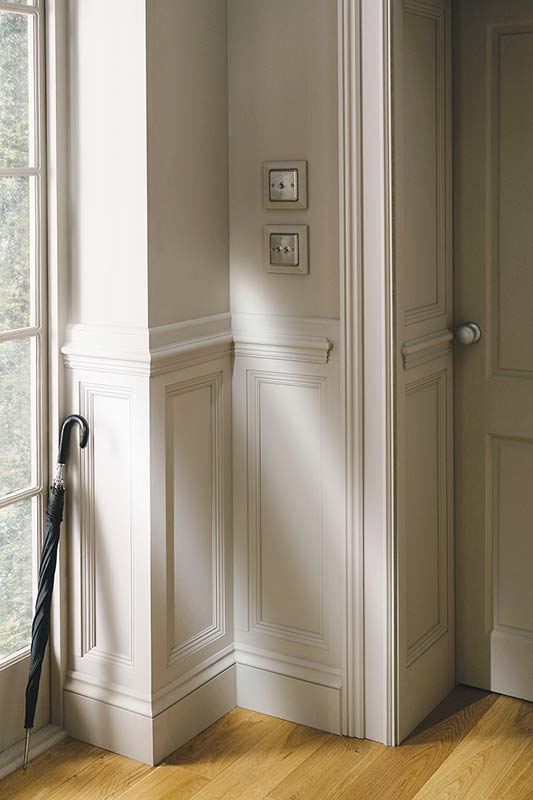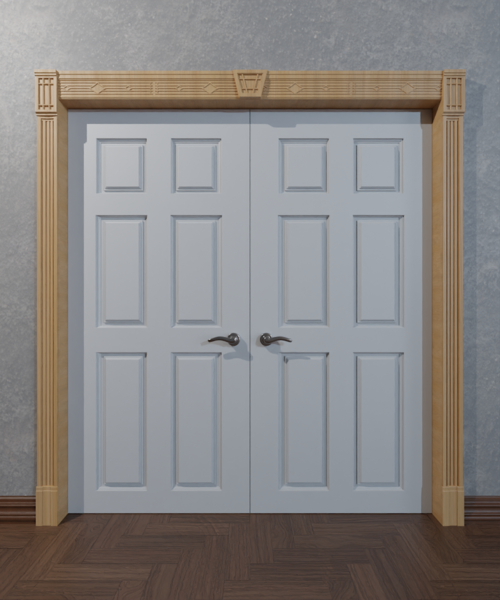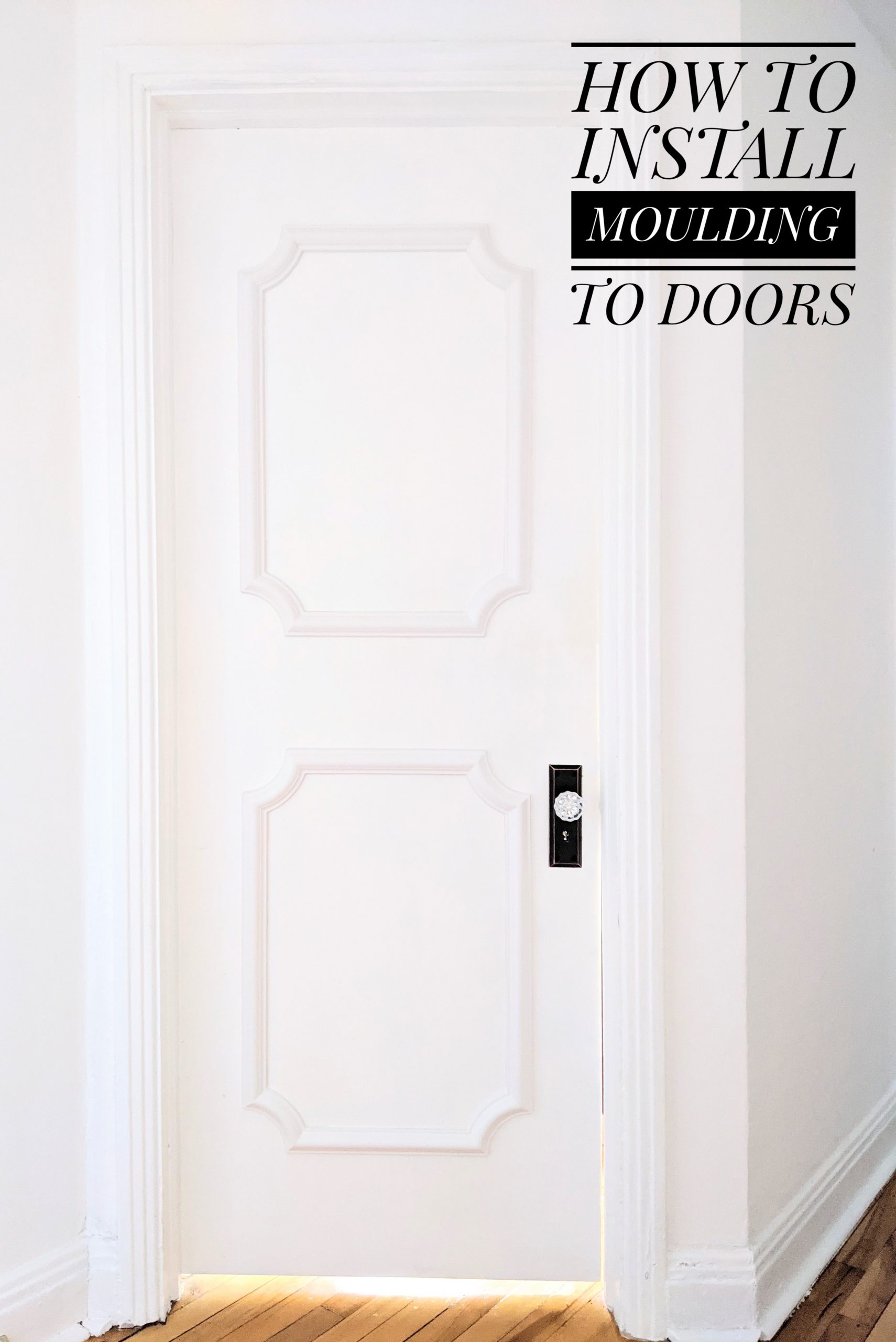When it comes to home decor, the details matter. One of the most transformative elements you can add to your home is decorative door mouldings. These features not only elevate the aesthetic appeal of your doors but also play an essential role in defining the character of your living space. In my personal experience, adding door mouldings has completely changed the atmosphere of my home, making it feel more inviting and elegant.
What Are Door Mouldings?
Door mouldings, sometimes referred to as door casings or trim, are decorative elements that encase a door frame. They serve both functional and aesthetic purposes, enhancing the overall look of the door while also masking gaps and uneven edges between the door and the wall.
The Role of Door Mouldings in Home Decor
Door mouldings create a polished look and add architectural interest to a room. They can be simple and understated or elaborate and ornate, depending on your style. Here are some benefits of incorporating decorative mouldings:
- Visual Appeal: Adds character and style to standard doors.
- Value Addition: Increases the overall value of your property.
- Flexibility: Available in a range of styles, materials, and finishes.
- Concealment: Hides imperfections and gaps around doorframes.
Types of Decorative Door Mouldings
Choosing the right type of moulding can significantly impact the design of your space. Let’s explore the most popular types:
1. Traditional Mouldings
Traditional mouldings are often characterized by their intricate designs and profiles. They tend to feature more curves and details, reflecting classic architectural styles.

Materials
- Wood
- Polyurethane
- Medium-density fiberboard (MDF)
2. Contemporary Mouldings
Contemporary mouldings are sleek, minimalistic, and often feature straight lines. They fit well in modern or transitional spaces.

Examples
- Flat-panel mouldings
- Simple casing
- Thin trims
3. Craftsman Mouldings
Craftsman mouldings reflect the Arts and Crafts movement, emphasizing simple forms and natural materials, typically stained wood.

4. Crown Mouldings
Crown mouldings can also be applied to doors, as they create a transition between the wall and the door frame, adding height and elegance.
Choosing the Right Decorative Door Mouldings
When choosing decorative door mouldings, consider the following factors:

Style of Your Home
Make sure the mouldings align with the architectural style of your home. For example, a Victorian home may benefit from ornate traditional mouldings, while a modern home may look better with minimalistic profiles.
Material Considerations
| Material | Pros | Cons |
|---|---|---|
| Wood | Durable, aesthetic appeal, can be stained or painted | Can warp in humid conditions, requires maintenance |
| Polyurethane | Lightweight, moisture-resistant, easy to install | Less authentic look compared to wood |
| MDF | Inexpensive, smooth surface for painting | Not as durable as wood or polyurethane |

Finalizing Your Choice
Once you’ve considered your style and material, think about the color, finish, and profile of the mouldings. Don’t hesitate to get samples to see how they look in your space.
Installation of Decorative Door Mouldings
Installing door mouldings is a project many DIYers take on. Below are the steps based on my personal experience and tips to simplify the process.

Tools and Materials Needed
- Moulding of your choice
- Measuring tape
- Miter saw
- Nail gun or hammer
- Wood glue
- Sanding paper
- Caulk
- Paint or stain (optional)
Step-by-step Installation Guide
- Measure Your Space: Measure the height and width of your door frame.
- Cut the Moulding: Use a miter saw to cut your moulding at a 45-degree angle for corners.
- Dry Fit: Before attaching, dry fit the pieces together to ensure they fit correctly.
- Attach the Moulding: Using a nail gun or hammer, secure the mouldings to the wall.
- Fill Gaps: Fill any gaps and nail holes with caulk and wood filler.
- Finish: Sand the edges and apply paint or stain as desired.

Pros and Cons of DIY Installation
| Pros | Cons |
|---|---|
| Cost-effective | Requires some skill and experience |
| Customizable to your taste | Time-consuming |
Maintaining Your Decorative Door Mouldings
To keep your mouldings looking great, regular maintenance is essential. Here are some tips based on what I’ve learned:
Cleaning Tips
- Dust regularly with a soft cloth or duster.
- Use a mild detergent and water for any stains.
- Avoid harsh chemicals that may damage the finish.
Repairing Damaged Mouldings
If you notice chips or dents, here’s how to address them:
- Fill small holes with wood filler and sand smooth.
- For larger damaged areas, consider replacing that section of moulding.
Frequently Asked Questions
What are decorative door mouldings made of?
Decorative door mouldings can be made from various materials, including wood, polyurethane, and MDF. Each has its pros and cons in terms of durability, appearance, and installation ease.
How do I choose the right size of moulding?
The size of the moulding should complement the height of your ceilings and the style of your home. Taller ceilings can accommodate wider and more intricate mouldings.
Can I paint decorative door mouldings?
Yes, most decorative mouldings can be painted or stained. If using MDF, it’s advisable to use a primer before painting to achieve the best finish.
Do decorative door mouldings add value to my home?
Absolutely! Enhancing your doors with decorative mouldings can improve the overall aesthetic of your home and potentially increase its resale value.
Conclusion
Decorative door mouldings are an excellent way to enhance the beauty and value of your home. With various styles, materials, and installation options available, you can easily find the perfect fit for your space. Whether you take the DIY route or hire a professional, the results are sure to impress. In my own experience, transforming my doors with decorative mouldings has brought warmth and elegance into my home, making it a true reflection of my style. So why wait? Start your journey toward a more beautiful home today!